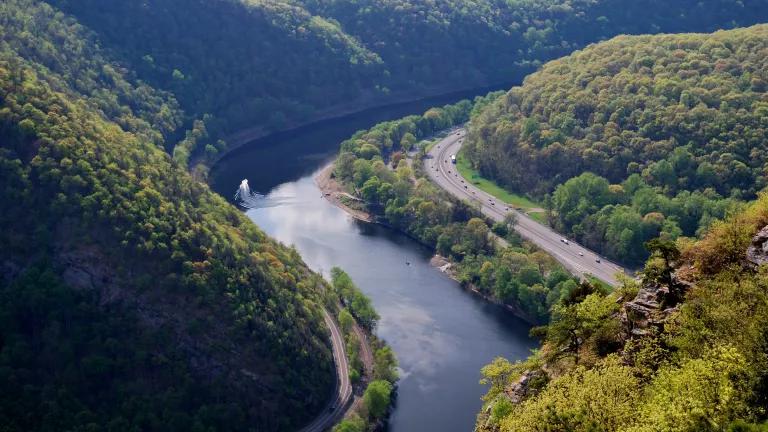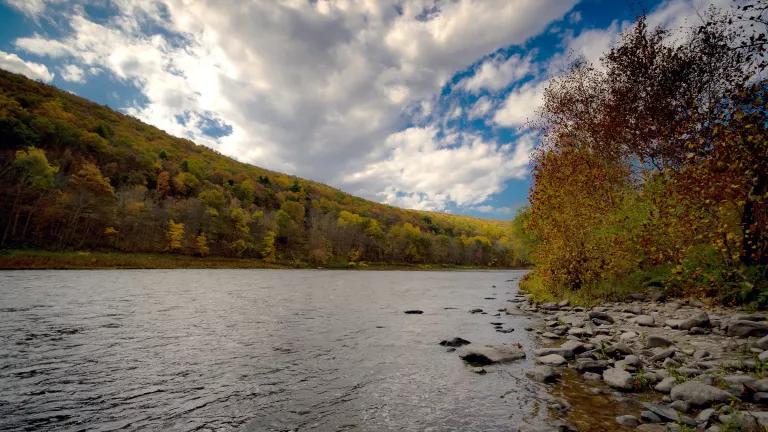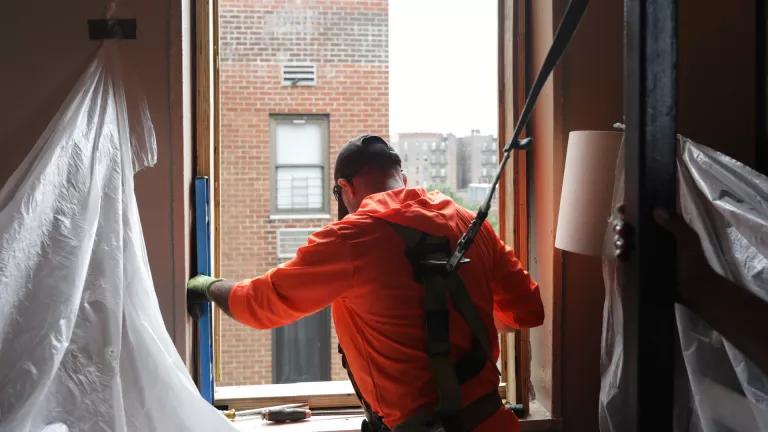Stop the Fortress LNG Export Project
Communities across Pennsylvania and New Jersey are fiercely fighting the Fortress LNG export project, a proposed massive export facility that would send liquefied natural gas overseas.
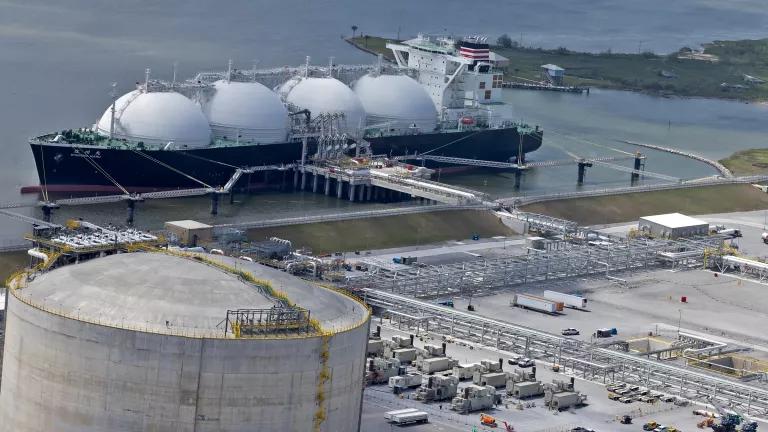
Venture Global Calcasieu Pass LNG export facility in Cameron, Louisiana
What is the Fortress Liquified Natural Gas (LNG) export project?
The Fortress LNG export project is a proposed massive export facility that would send liquefied natural gas (LNG), a dangerous fossil fuel, overseas. Activists and communities across Pennsylvania and New Jersey are fiercely fighting this project, which threatens our climate and puts millions of lives at risk.
The Fortress project consists of:
- The Wyalusing LNG liquefaction plant, a facility in Wyalusing, Pennsylvania, where natural gas would be converted into a cooled liquid state;
- A 200-mile-long “virtual pipeline” of hundreds of trucks and trains transporting LNG through communities in eastern Pennsylvania and southern New Jersey; and
- The Gibbstown LNG terminal, an export terminal in Gibbstown, New Jersey, where mammoth ships would export LNG out of the country.
The developers of the Wyalusing LNG liquefaction plant and the Gibbstown LNG terminal are subsidiaries of the same entity, SoftBank Group.

Maps show four possible routes that advocates predict trains and trucks could take between Wyalusing and Gibbstown.
Why is the Fortress LNG export project such a problem?
Trucks and trains carrying LNG into Gibbstown would put millions of people at daily risk.
Nearly 2 million people live within two miles of the proposed truck and train routes that would carry LNG into the Gibbstown LNG terminal—in densely populated areas, including Philadelphia and Allentown, Pennsylvania Camden and Trenton, New Jersey; and Wilmington, Delaware. Many of these communities are predominately communities of color that already face a disproportionate burden of pollution exposure.
The Fortress LNG export project would generate about 8,450 daily vehicle trips to and from the Gibbstown site, including at least 1,650 truck trips, with each truck carrying about 12,000 gallons of LNG. The project would also bring two 100-car trains carrying LNG into Gibbstown every day, with each train car carrying more than 30,000 gallons of LNG.
LNG is highly flammable and explosive. Just 22 LNG train cars—only a tenth of the number that would tear through Pennsylvania and New Jersey communities daily on the way to Gibbstown—hold the same amount of energy as the Hiroshima bomb. The tiniest leak of LNG can spark uncontrollable fires and devastating explosions.
Additionally, increased truck traffic will generate huge amounts of greenhouse gas and air pollutant emissions, including nitrogen oxides that cause respiratory issues such as asthma, and particulate matter that cause both respiratory and cardiovascular problems ranging from bronchitis to heart attacks.
The Fortress LNG export project contributes to the climate crisis.
The Fortress LNG Export Project will further exacerbate the climate crisis by accelerating the burning of dirty fossil fuels. At every step of its life cycle—extraction, processing, storage, transportation—LNG emits methane, a greenhouse gas 80 times more potent than carbon dioxide. And building this new infrastructure will only delay our much-needed replacement of fossil fuels with renewable energy.
The Fortress LNG export project will contaminate the Delaware River with toxic chemicals.
The Delaware River supplies drinking water to more than 13 million people. Yet the Gibbstown LNG terminal would pollute the Delaware by digging up polychlorinated biphenyls (PCBs)—cancer-causing chemicals so dangerous that they are now banned in the United States. The Gibbstown terminal would be built on one of the largest sources of PCB pollution in the region, and construction would require dredging more than 45 acres—or 34 football fields—of contaminated river bottom sediment, releasing these pollutants into our waterways.

How can the Fortress LNG export project be stopped?
NRDC and our partners are fighting this project on multiple fronts. We are pushing federal, state, and local agencies to deny the permits required to build and operate the Gibbstown LNG terminal. We are advocating for a federal ban on transporting LNG by rail. And we are engaged in litigation challenging the insufficient environmental review of the project—and supporting local advocates to stop the project for good.
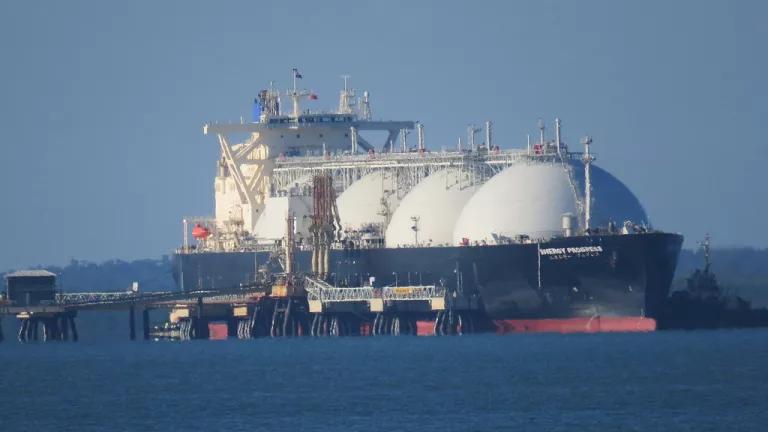
Gibbstown Ends, Not with a Bang but with a Whimper?
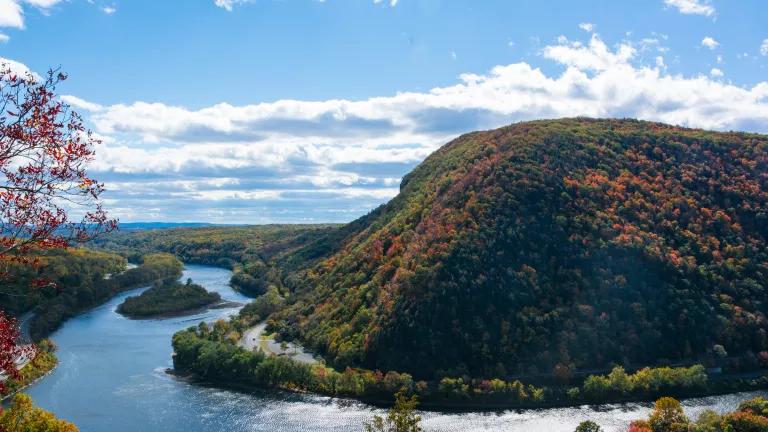
Brief Filed in Lawsuit to Protect Delaware River from PCBs
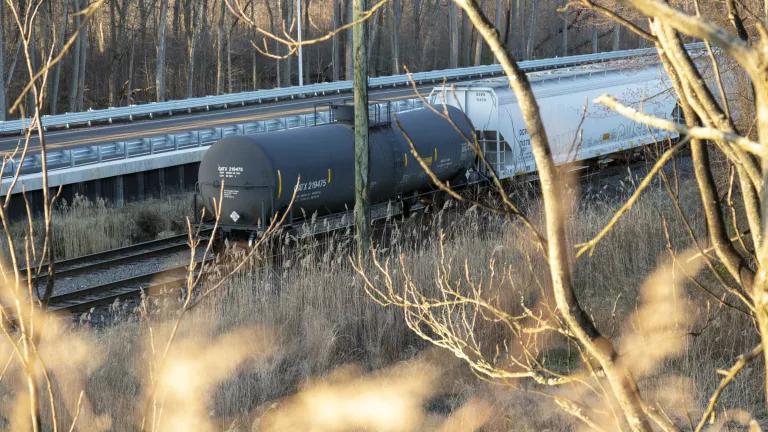
Gibbstown LNG Terminal: A Catastrophe Waiting to Happen

This Lawyer Is Leading the Fight for New York’s Clean Energy Future

Risky Business: Surging U.S. Liquefied Natural Gas Exports Jeopardize Global Decarbonization Goals
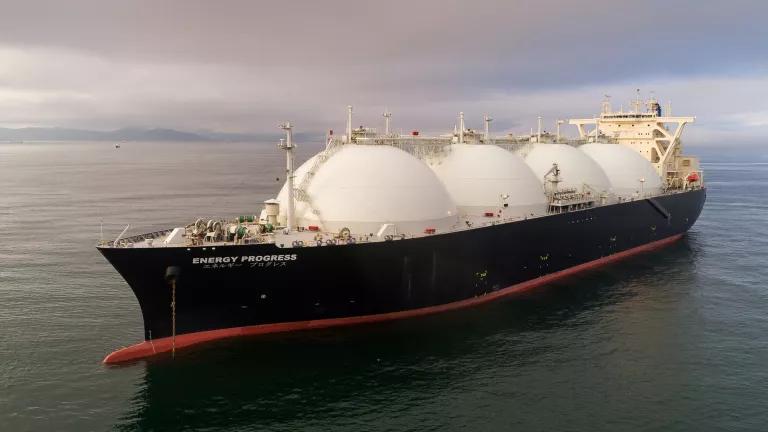
Liquefied Natural Gas 101
